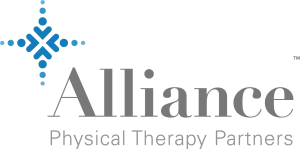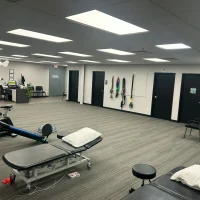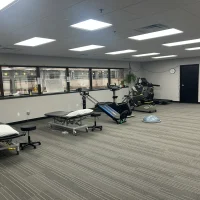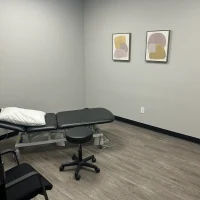Located on the east side of downtown Grand Rapids, Michigan, our Cherry St. location provides convenience and ease for those living or working in downtown GR.
Our office is located at 245 Cherry St. SE, Suite 200, right across from the Mercy Health St. Mary’s Hospital complex. To schedule your appointment, call us at 616-577-8319.
